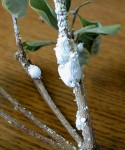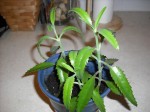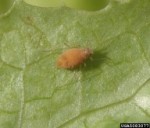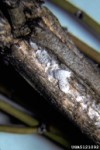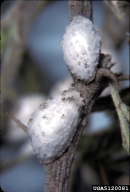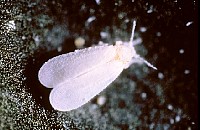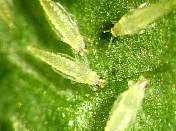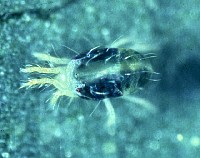Ask the Expert: What insecticide with soapy water do I need to use
My Scheffelera plant has black mites on it and I was told to use a soapy water insecticide. Becky
Plant Expert Reply:
You won’t need an insecticide in the traditional sense. Insecticidal soaps don’t contain a traditional “insecticide”. Instead insecticidal soaps are specifically chosen plant or animal oils that are refined into a soap with a similar consistency of liquid hand soaps and at a ratio safe for plants. The active ingredients are the natural potassium salts and fatty acids of plants or animal oils.
Insecticidal soaps work by disturbing the cell membranes of the insects rather than attacking their neurological system like most insecticides. Insecticidal soap will get rid of several types of insects mostly soft bodied insects. So if you have a problem with aphids, spidermites, thrips or scale, insecticidal soaps are a safe and effective treatment.
You can use a mixture of water and household soap. However, this method can cause issues for your plants if you don’t get the proper water to soap ratio or if your household soap is harsh. Most local nursery garden centers will carry an insecticidal soap at a fairly resasonable price. If you want to mix your own insecticidal soap, try a mild hand soap mixed at 1 part soap to 3 parts water. Spray the plant lightly.
Good luck and please keep me posted.


 Find Your
Find Your 